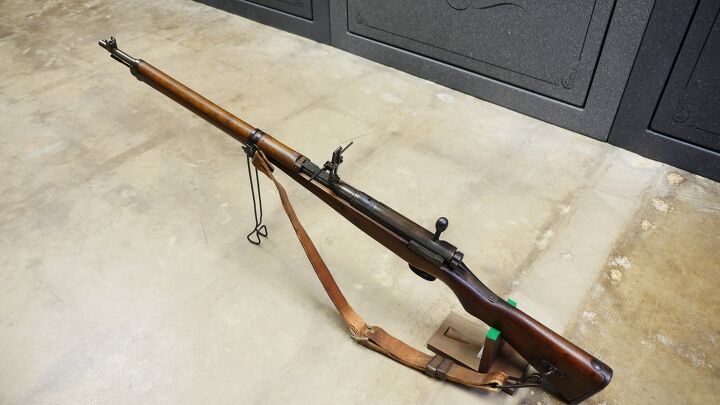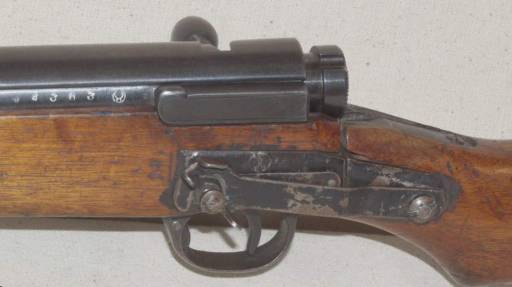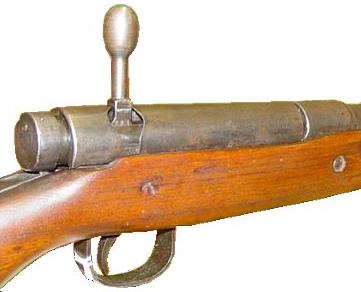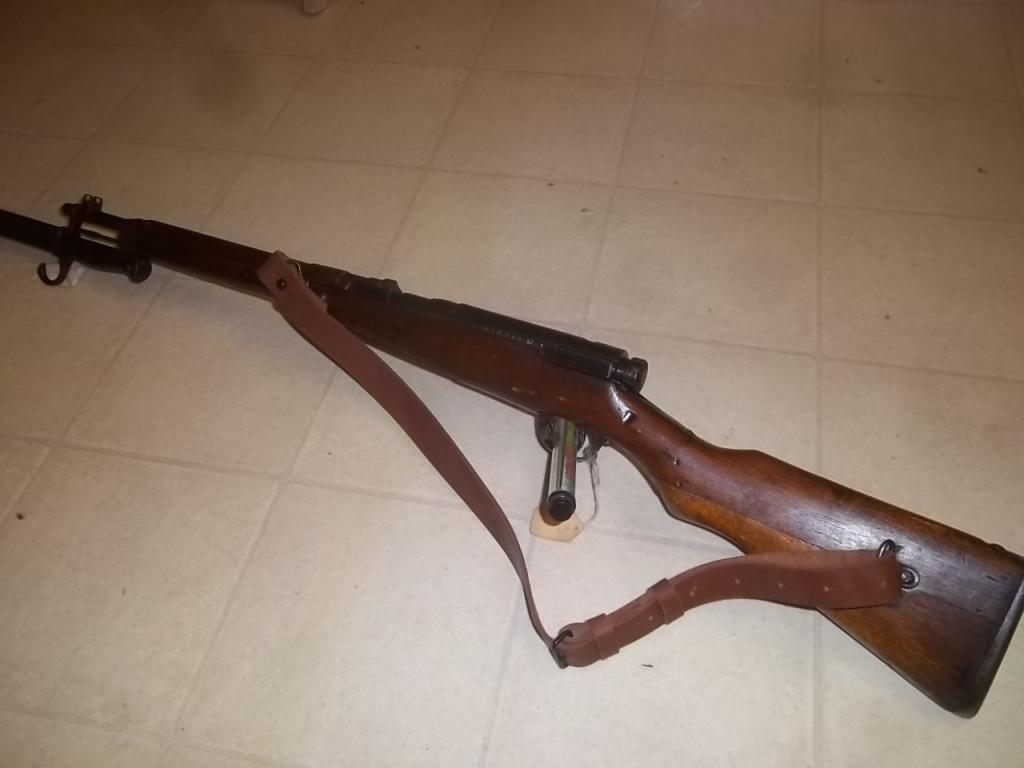

Additional 6.5×50mmSR ammunition was, however, produced in China for use in their captured rifles. Since most Imperial Japanese Armory contents were thrown into Tokyo Harbor after the signing of the surrender, spare ammunition also became rare.

However, after the Japanese surrender in the summer of 1945, all manufacturing of rifles and ammunition stopped abruptly, and the Arisaka quickly became obsolete. Many captured Arisaka rifles were employed by neighboring countries both during and after World War II, in places such as China, Thailand and Cambodia. The Czech Legions that fought in the Russian Revolution were almost entirely armed with Type 30s and 38s. Prior to World War II, Arisakas were used by the British Navy and Russian Army, in Finland and Albania. The Arisaka bolt-action service rifle was used heavily everywhere the Imperial Japanese Army and Imperial Japanese Navy fought. Near the end of World War II, last-ditch ersatz models were being made in various cost-cutting feature variations with the goal of cheaply bolstering the Imperial Armed Forces for example, the ovoid bulb-shaped bolt of earlier runs were replaced by a smaller and utilitarian cylindrical shape, the handguard on the barrel was omitted, and crude fixed sights were fitted. The rear sights also featured folding horizontal extensions to give a degree of lead suitable for firing against aircraft. Some of the early issue Type 99 rifles were fitted with a folding wire monopod intended to improve accuracy in the prone position. 1085 with a carbon content of 0.80% to 0.90%, and a manganese content of 0.60% to 0.90%." During destructive tests, the Arisakas were shown to be stronger than the M1903 Springfield, Lee-Enfield, and Mauser rifles. Tests on samples of Arisaka rifles conducted after the war showed that their bolts and receivers were constructed of carbon steel "similar to SAE steel grade No.

Over the course of various wars several productions runs and variants were made, including the transition from the 6.5mm Type 38 cartridge to the larger 7.7mm Type 99, and the introduction of a paratrooper rifle that could be disassembled into two major parts for airborne operations. The Arisaka Rifle was designed by Colonel Arisaka Nariakira (有坂 成章 1852–1915), who was later promoted to Lieutenant General and also received the title of Baron from Emperor Meiji, in 1907. Many thousands of Type 99s and other Arisaka variants were brought to the United States by soldiers as war trophies during and after World War II. The most common specimens include the Type 38 chambered in the 6.5×50mmSR Type 38 cartridge, and the Type 99 chambered in the 7.7×58mm Type 99 cartridge, which comparably was as powerful as a modern. The Arisaka rifle (有坂銃 Arisaka-jū) is a family of Japanese military bolt action service rifles, in production and use since approximately 1897, when it replaced the Murata Rifle (村田銃 Murata-jū) family, until the end of World War II in 1945. The evolution of the Arisaka rifle family

See also: Arisaka (surname) Arisaka Rifles


 0 kommentar(er)
0 kommentar(er)
